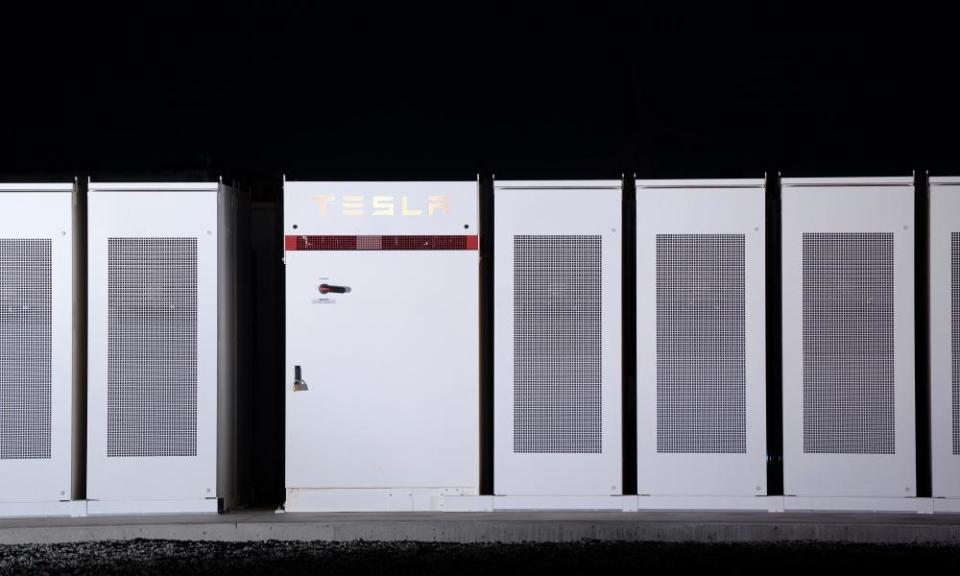Tesla battery 'taking straw off camel's back' for South Australia energy demand

The big Tesla battery in South Australia is consistently working to serve the peak energy demand each day, taking the “straw off the camel’s back,” according to the Australia Institute’s latest national energy emissions audit.
The report also finds emissions from the National Electricity Market [NEM] continued to drop in January, falling to their lowest levels since 2004, driven by the federal large-scale renewable energy target.
Energy expert Hugh Saddler examined the consumption and output of electricity of the Hornsdale Power Reserve, analysing the patterns of charging and discharging of the Tesla battery.
He found a consistent pattern of the battery charging overnight when wind generation was abundant and cheap, and discharging into the grid during the late afternoon when demand and spot market prices reached peak levels.
Only 30% of the battery’s 100MW capacity was devoted to this sort of trading, with the rest spent stabilising the energy system by maintaining the frequency of the grid at the required 50 Hz and240 volts.
Even with the relatively small capacity devoted to smoothing demand – supplying only about 1% of peak demand in the state – Saddler said it is still providing a useful service and demonstrates the valuable role energy storage can play in thesystem.
“While the watts may seem small in the context of the whole system, the SA battery is providing critical power at the critical moment – in effect taking the straw off the camel’s back.”
He said it is effectively time-shifting wind generation, and exploiting the difference in wholesale energy prices throughout the day.
“The world’s biggest battery, in SA, is working in smooth synergy with windfarms,” Saddler said.
“Peak wind production is easily the cheapest way to charge the battery, and it stands ready to fill demand gaps if they emerge. The battery has been charging up overnight, when prices are very low and hitting the grid at the right time to keep price spikes lower than they would be otherwise.”
The Australia Institute report also found emissions from the NEM had dropped to 152.8 Mt of CO2-equivalent in January – the lowest level since 2004.
That happened despite relatively flat demand, driven by more large scale renewable energy projects coming online and the “decrepitude of Australia’s ageing fleet of coal fired power stations”.
However Saddler warned that since the renewable energy target was now almost met, the country urgently needs a post-2021 energy policy to lower the NEM’s reliance on coal.

 Yahoo Finance
Yahoo Finance 